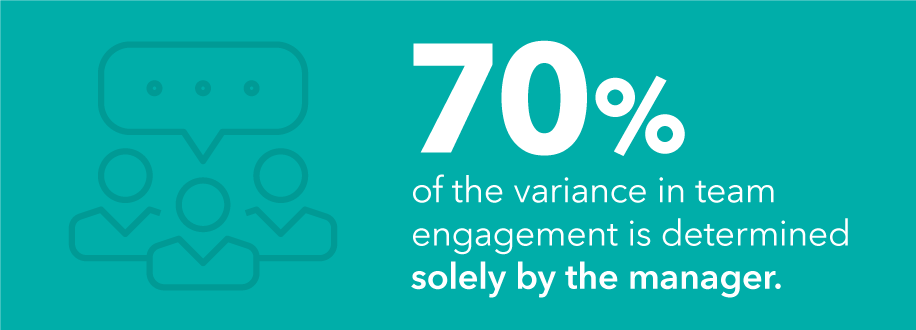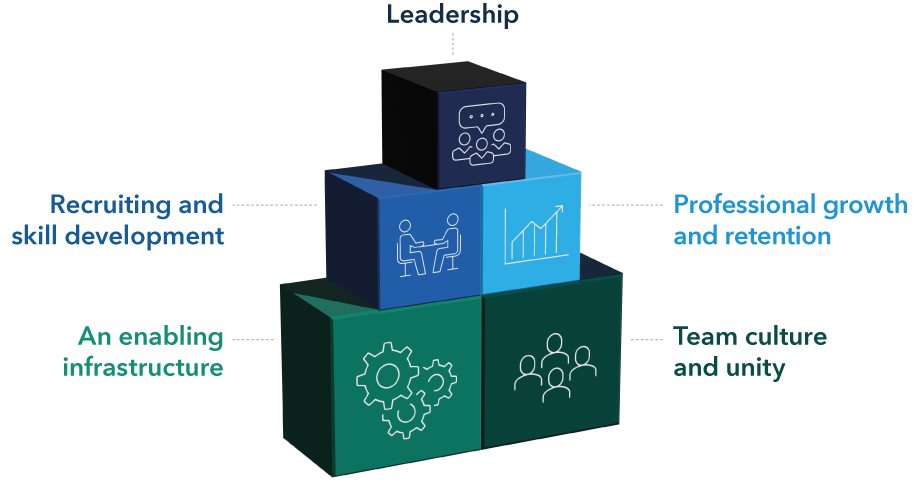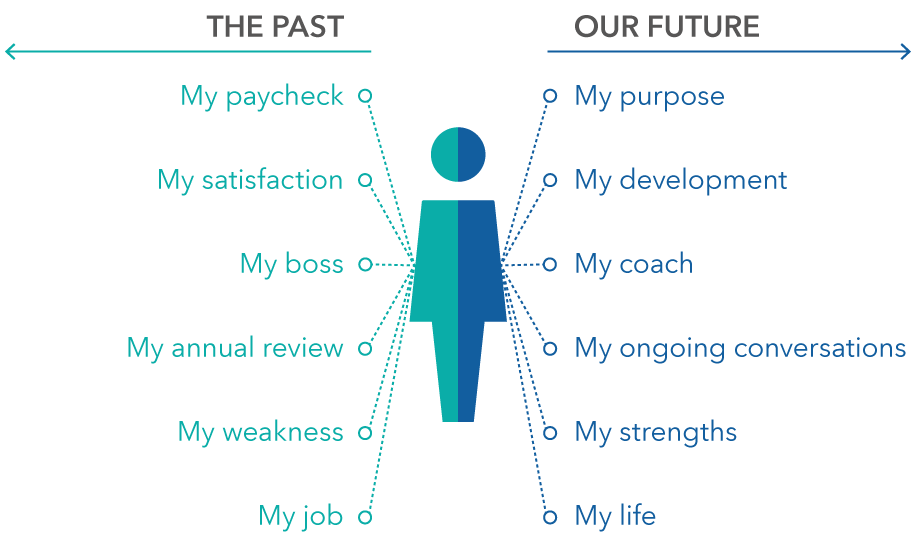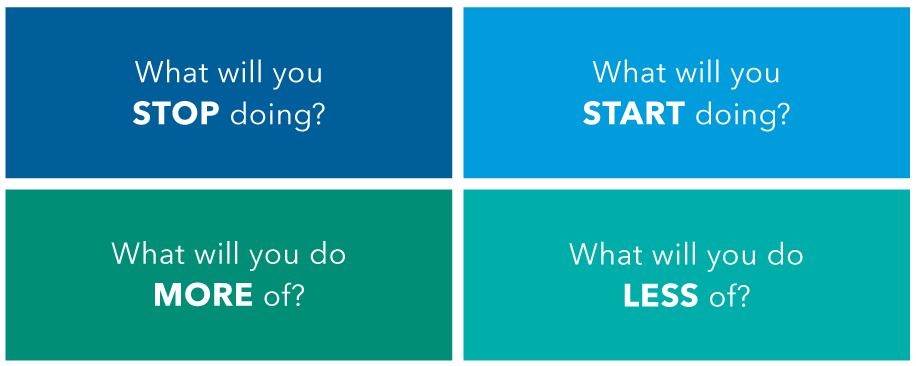2. Be intentional about recruiting and skill development
Pause and consider what, if any, process you use to recruit, hire and train employees. Are you reacting, triggered by a one-off need sparked by an employee departure or a new business opportunity? Or do you have a playbook for recruitment and development that considers your resources — one that defines not only the capabilities of the role, but also the characteristics of the employees you seek? Here are a few things to consider when developing a recruitment and hiring model.
Expand your candidate pool
First, consider your sources for finding potential employees. Study after study has shown that nonhomogeneous teams are smarter: They challenge each other’s thinking, which leads to new ideas and creativity.1 Additionally, adding diversity to your staff (in terms of gender, ethnicity, age or background) can also help expand your thinking about the clients you serve and how you serve them.
But in today’s climate, hiring managers are realizing it’s difficult to just find qualified candidates, let alone candidates from diverse backgrounds. To increase your pipeline of diverse, qualified individuals, consider looking to networks, such as the Association of African American Financial Advisors, or the Accounting & Financial Women’s Alliance. The idea here is to proactively seek connections to groups of individuals you don’t already come across through your daily work routines.
You might also look to younger candidates to invest in. Recruitment offices at local colleges and universities can be a fertile place to forge relationships with young talent. For example, when Scott Rister led the firm Budros, Ruhlin & Roe in Columbus, Ohio, the firm had a program aimed at bringing more women into wealth management. A paid summer internship came with a $1,500 stipend that could be used to pay tuition. “When we first started that, we’d interview 10 people, and only one person would be head-and-shoulders above,” says Rister, who now leads his own firm, Transcend Partner Group. That work forming relationships with university professors in seeking scholarship candidates has yielded a larger group of great candidates.
Similarly, Rita Lee, partner at Cerity Partners, seeks young talent from diverse backgrounds looking for the right opportunity to develop and grow. She has worked with nonprofits, such as 10,000 Degrees, which helps students from low-income backgrounds obtain college degrees.
Hire for capabilities and characteristics
Some hiring managers only pay attention to a candidate’s skills and experience; others favor personality and relatability. These factors can help you get to know what someone says about themselves. But to predict how they might perform as an employee, consider capabilities and characteristics:
Capabilities: A candidate might be able to list the skills needed to do a particular job, but someone with strong capabilities can talk about using those skills in different scenarios. For positions that require a high level of skill, you should not be afraid to ask questions required of an expert — whether they are a sharp-eyed numbers whiz, or an empathetic relationship expert who knows how to shepherd a distraught client through the estate process or engage with next-generation members in a client’s family.
Characteristics: Then there are the qualities you can’t instill in others — the more intrinsic aspects of an engaged employee — such as intellectual curiosity, passion, resourcefulness and resilience. Someone with these characteristics can be trained or taught to do anything. To assess these characteristics, ask them about how they handled situations involving the skills or processes you are looking for. Do they seem capable of leadership, autonomy, time management, problem solving, etc.?
“Hire for characteristics first — those qualities that are fundamental to your culture, like learning, drive and self-awareness,” Grey says. “For example, I like to consider the qualities of first-generation success, like taking responsibility for outcomes, not taking success for granted, and maintaining humility and awareness of others’ contribution to their success. Those things will be durable superpowers over time.”






